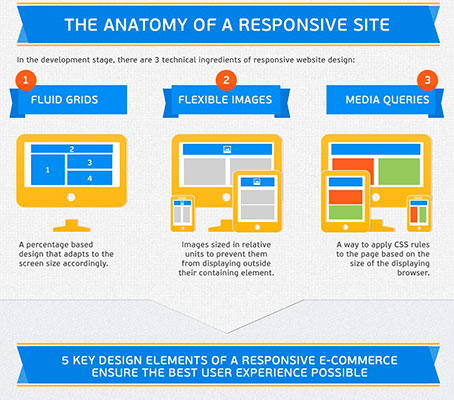The Evolution Of Website Style: From Past To Present
The Evolution Of Website Style: From Past To Present
Blog Article
Short Article Author-Dalrymple Wren
In the past, websites were easy and focused on info. Navigation was direct, and style was for desktop computers. Currently, individual experience is essential. Data guides styles for easy navigating. Responsive layouts fit different tools. Today, dark mode decreases stress, and minimalist menus improve navigation. Interactive features involve users, and bold visuals attract attention. AI combination boosts engagement. See how style has actually developed to enhance your on-line journey.
Early Days of Website Design
In the very early days of web design, simplicity preponderated. Web sites were standard, with limited colors, fonts, and layouts. The focus got on giving details as opposed to fancy visuals. Users accessed the web through slow dial-up links, so rate and performance were key.
Navigating food selections were straightforward, usually located at the top or side of the page. https://www.inc.com/peter-roesler/tips-for-optimizing-your-blog-post-after-its-live.html were created for desktop computers, as mobile browsing had not been yet common. Web content was king, and designers focused on simple readability over complicated design aspects.
HTML was the main coding language made use of, and designers had to work within its restrictions. Computer animations and interactive functions were minimal compared to today's criteria. Websites were static, with little dynamic content or individualized customer experiences.
Surge of User-Focused Style
With the development of site layout, a change towards user-focused layout principles has ended up being significantly popular. Today, creating websites that prioritize customer experience is important for involving site visitors and attaining business goals. User-focused design includes recognizing the demands, preferences, and behaviors of your target market to customize the site's design, material, and features as necessary.
Designers now perform detailed research, such as customer surveys and usability testing, to collect insights and feedback directly from users. This data-driven technique aids in developing user-friendly navigating, clear calls-to-action, and visually enticing user interfaces that resonate with site visitors. By placing the user at the facility of the layout process, web sites can deliver an extra personalized and delightful experience.
Receptive design has actually likewise become an essential element of user-focused style, making certain that web sites are optimized for different tools and screen dimensions. This adaptability boosts accessibility and usability, satisfying the diverse means customers communicate with web sites today. Fundamentally, the rise of user-focused style symbolizes a change towards creating digital experiences that prioritize the demands and assumptions of completion user.
Modern Trends in Web Design
Discover the current patterns forming web design today. One prominent fad is dark setting layout, using a smooth and modern appearance while reducing eye stress in low-light atmospheres. Another crucial pattern is minimalist navigation, simplifying food selections and improving individual experience by concentrating on essential elements. Integrating micro-interactions, such as computer animated buttons or scrolling effects, can create an extra appealing and interactive internet site. Responsive style continues to be vital, making certain seamless individual experiences throughout various devices. Furthermore, making use of strong typography and unbalanced layouts can add aesthetic interest and draw attention to details material.
Integrating AI modern technology, like chatbots for consumer support or individualized referrals, improves individual interaction and enhances processes. Ease of access has also end up being a considerable fad, with designers focusing on comprehensive design techniques to satisfy diverse user demands. Welcoming sustainability by enhancing site performance for speed and effectiveness is one more arising trend in website design. Working together with user responses and information analytics to iterate and boost design continuously is necessary for remaining appropriate in the ever-evolving digital landscape. By welcoming these modern-day fads, you can create a visually attractive, easy to use website that resonates with your audience.
Conclusion
As you assess the development of site layout from the very early days to currently, you can see how user-focused design has become the driving force behind modern-day fads.
Accept the journey of change and adjustment in website design, constantly keeping the user experience at the leading edge.
Keep current with the most up to date trends and technologies, and never ever quit progressing your technique to create visually stunning and user-friendly internet sites.
Evolve, adapt, and create - the future of web design is in your hands.
